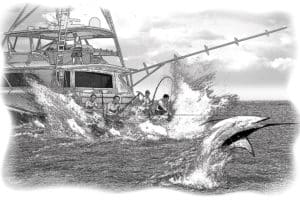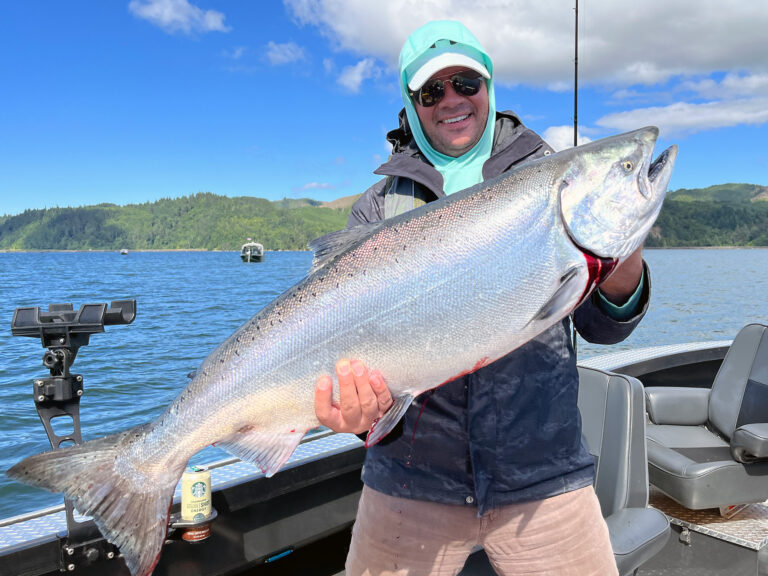At-sea emergency
Beautiful… terrible. Serene… wild. Think of any adoring adjective describing the ocean in all its placid, rapturous glory, and you can quickly craft an equally apt antonym.
Most of us prefer to envision an ocean that produces great fish catches, that reflects a brilliant sun and gently lulls us during long hours of trolling. But what we must prepare for is the ocean’s evil twin — the black, cold mountainous seas.
That means carrying safety gear, backups and the real lifesavers — emergency beacons such as EPIRBs (emergency position-indicating radio beacons) and PLBs (personal locator beacons). As the electronics editor, I write a lot about beacons, and we run loads of news stories about at-sea emergencies, so I’d like to offer a reminder to beacon purchasers to properly register those products. The process is more than simple, can be completed online, and the feds will even send you a reminder for registration renewal after two years.
Proper registration of a 406 MHz beacon_ is required_ by Federal Communications Commission regulations. But the intent, here, is to quickly and most efficiently save your life. Minutes can count.
When the U.S. Coast Guard Rescue Coordination Center receives a digital distress message from a beacon, that beacon’s registration information reaches the RCC as well. “This allows search-and-rescue controllers to know whose beacon is active and provides contact information for the folks back home, who can provide information about the beacon owner, vessel or trip,” says Chris Wahler, product line manager for ACR Products, which makes EPIRBs and PLBs. “Most often this is used for the mitigation of false alerts, but for real emergencies, valuable information is gained that helps rescue personnel better prepare for their mission.”
That information can include the port from which the boat departed, last-known contact point, how many people were on board, any known medical conditions, a more in-depth description of the boat, whether there was a life raft or survival suits or any other communication equipment onboard. “This information becomes really valuable in the case of an older beacon that does not include GPS,” Wahler says. “Without GPS on the beacon, the Coast Guard would have to wait for a LEO SAR satellite pass to locate the beacon. That process could take up to 90 minutes in a worst-case scenario. In the meantime, the registration information would allow the Coast Guard to know which station has a rescue mission and to get them underway even before they know where the beacon is located. Many of the Coast Guard air assets are outfitted with 406 direction-finding capabilities, and once they’re pointed in the right direction they can home in on the beacon directly.”
So register your beacon. The beacon manufacturer should provide all the information when you purchase a new EPIRB or PLB. If you buy an older beacon, visit beaconregistration.noaa.gov and the site prompts will walk you through the process. If you don’t have internet access, call 888-212-7283.
“When you’re in a distress situation, having more information in the hands of rescuers is better than less,” says Wahler. I couldn’t agree more.







